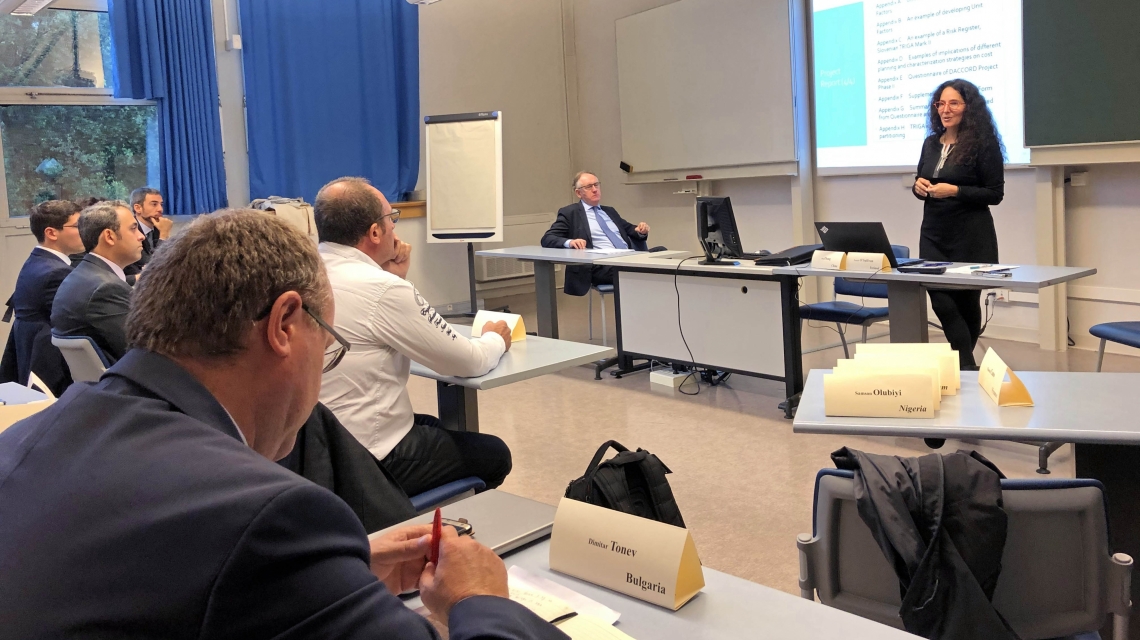Today, before a research reactor is built, the prospective operators are typically required to submit a plan describing how the facility will eventually be decommissioned. Many older reactors were built without having developed such a plan and, in several cases, such reactors spend several years in a shutdown state before operators are ready to proceed with their dismantling. Two recent IAEA-organized events—a workshop organized under an interregional technical cooperation (TC) project[1] and a technical meeting for interested Member States—explored the practical, financial and regulatory dimensions of research reactor decommissioning.
Today, more than 200 research reactors are in operation around the world. They are used to produce life-saving radiopharmaceuticals, to conduct cutting-edge research and to support education and training in nuclear science and technology. Although many of them will continue to operate for the foreseeable future, some research reactors will soon reach the end of their working life. Therefore, it is essential to ensure that the appropriate skills and resources are available to safely decommission them.
From 21 to 25 October, the IAEA held a workshop during which participants from all over the world shared their experiences in the areas of planning, costing and eventually implementing a research reactor decommissioning project. The 27 participating professionals—all of whom currently work in the field of research reactor management and operation—met at the Cadarache Nuclear Centre in Saint-Paul-lez-Durance, France to discuss and explore all aspects of decommissioning, from the development of physical and radiological inventories to the management of associated waste. Hosted by the French Alternative Energies and Atomic Energy Commission (CEA), the workshop was attended by participants from 23 countries.







